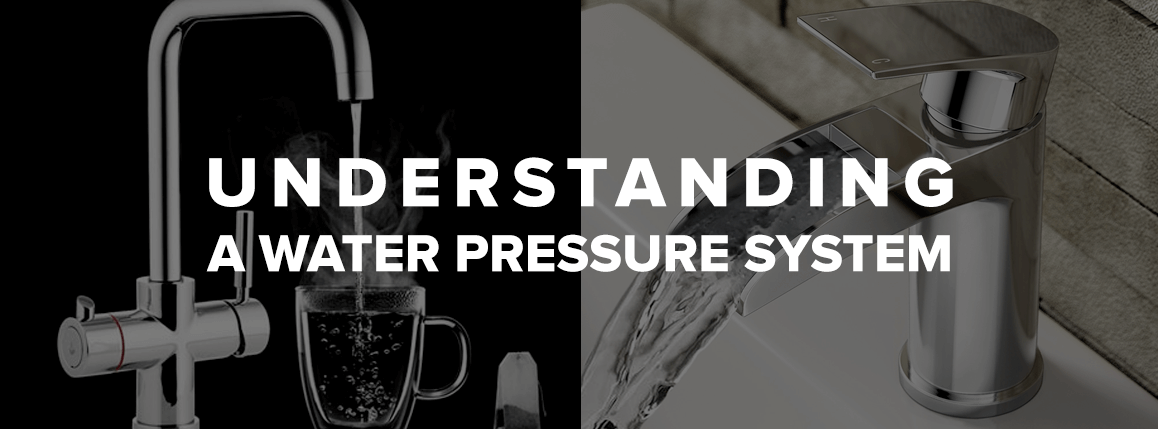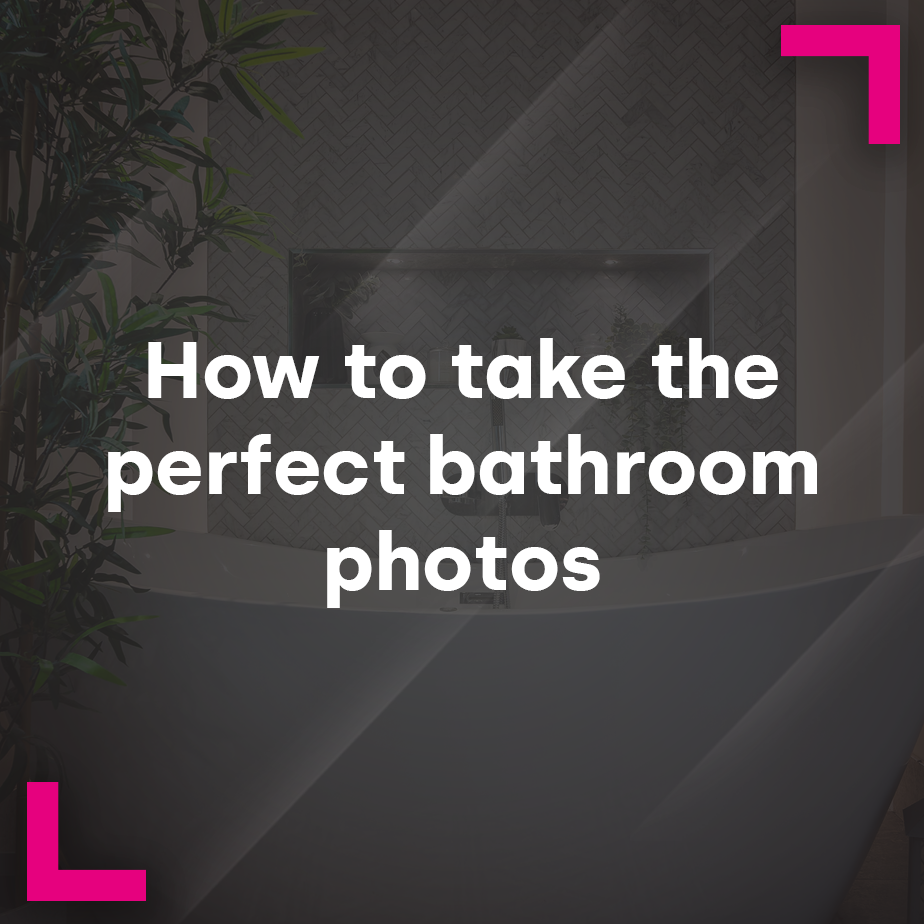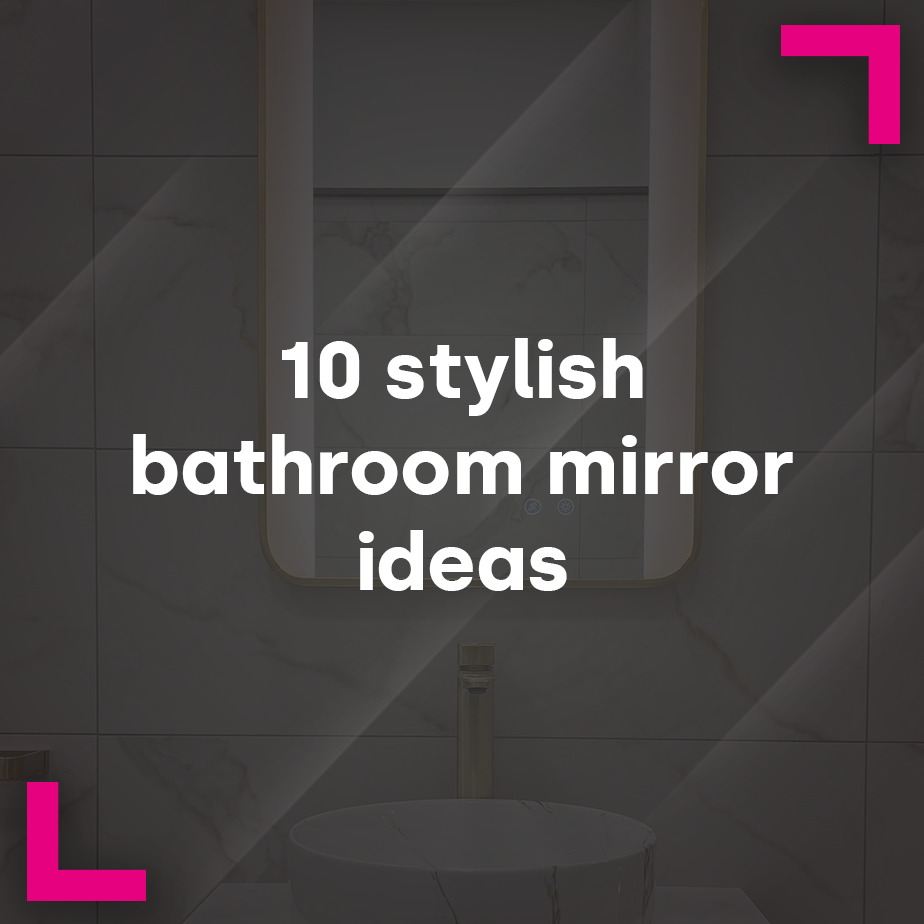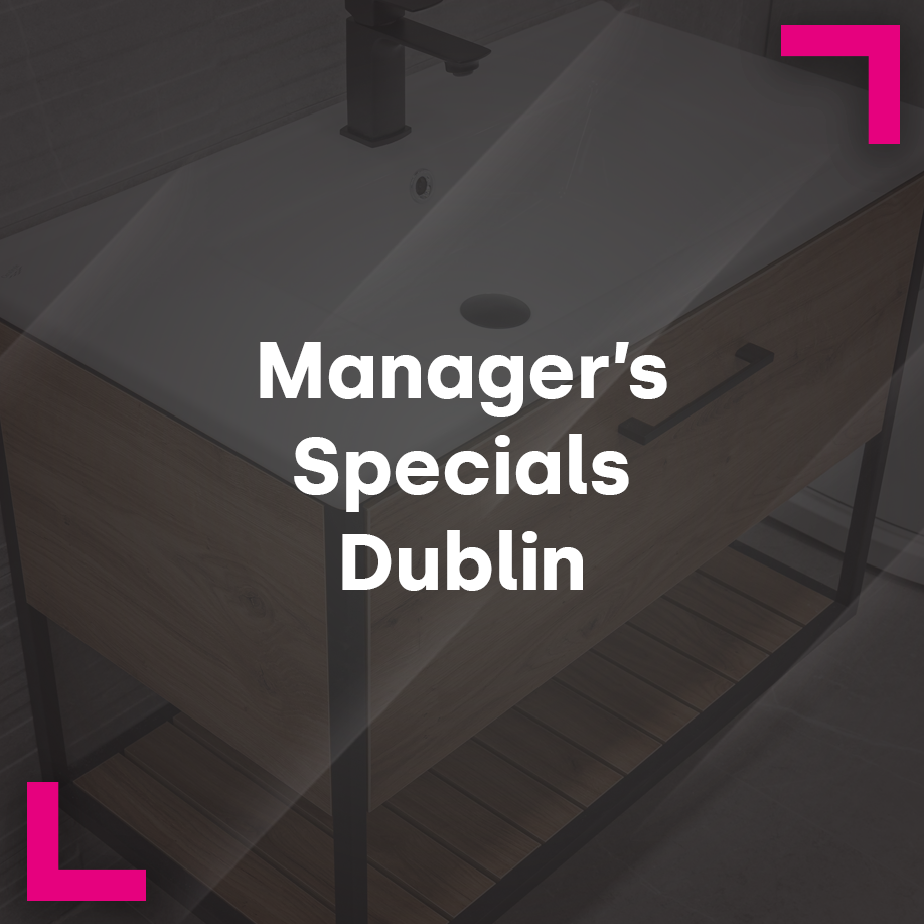If you want to install new plumbing fixtures in your home, you need to have an understanding of your water pressure system. The good news is that it is relatively easy to understand once you know the core principles. The bad news is that you’ll need to put in a little effort.

If you want to install new plumbing fixtures in your home, you need to have an understanding of your water pressure system. The good news is that it is relatively easy to understand once you know the core principles. The bad news is that you’ll need to put in a little effort.
When you understand your water pressure system, you can select fixtures and fittings that provide a great match. Pairing complementary pieces of equipment helps you get the performance you want and avoid disappointment. The more you know about your water pressure system, therefore, the better.
Which Type Of Water Pressure System Do You Have?
The first stage is to find out which type of water pressure system you have. In general, there are three varieties: gravity-fed, combi boiler, and unvented systems.
Gravity-Fed
By far the most common system in older properties, gravity-fed water pressure systems rely on the magic of gravity to deliver water to faucets and other water outlets around your home under high pressure.
The Earth exerts a gravitational force on water, just like on everything else. Many years ago, engineers realised that if they put water tanks up high, say in the loft or on the roof, they could take advantage of gravity and provide homeowners with a source of high-pressure water.
In gravity-fed systems, a cold water tank sits high up in the property somewhere. A pump hauls water up the roof from the mains supply, and then the tank releases water through outlets in its base.
What’s interesting about gravity-fed systems is that the higher the vertical distance between the tank and the faucet, the higher the pressure. Physics says that water accelerates as it travels through the pipes. So taps on your ground floor often flow more vigorously than those higher up.
In general, you gain about 1 bar water pressure from every 10m approx of elevation. So if you want five bars of pressure for the water coming out of your kitchen tap, it needs to be five metres below the water tank.
Most gravity fed water systems use a series of stopcocks throughout to prevent runaway leaks from wrecking your home. You’ll find stop valves at the mains as well as pipes leading from the water tank to the rest of your home. Gravity fed systems provide water to the hot water tank as well as cold taps in your home and appliances that use cold water, like the dishwasher or washing machine.
Combi Boiler System
While gravity-fed water pressure systems are commonplace in older homes, the combi boiler system is the most frequently seen option in newer builds. You find this type of boiler most often in small apartments and new homes. The small size of the system helps to free up space for other things and cut costs for the developer.
Most combi boilers don’t provide any pressure themselves. Instead, they rely on mains pressure to deliver both hot and cold water to your home.
Water companies pump water at high pressure from their production facilities to residential areas. Combi boilers direct some of this water into their interior, apply heat, and then deliver it, on-demand whenever you turn on the hot tap.
As you might imagine, heating cold water as it comes in from the mains requires a lot of energy. Combi boilers, therefore, work in a similar way to power showers. They pass water over hot elements that heat it rapidly before it leaves the unit and travels to any open faucets in the home.
Over time, combi boilers can be more efficient than traditional gravity-fed systems with a hot water tank. Unlike in the gravity-fed system, you don’t have to keep a hot water tank permanently hot, just in case somebody devices that they want to run a bath - you only heat hot water that you need.
The combi system also offers another benefit: it avoids a lot of the complexity of a traditional gravity-fed system. Water comes in under mains pressure and, for the most part, is identical throughout the home, whether you need water on the ground or first floor.
Water pressure, however, in gravity-fed systems can vary from floor to floor. Recall, we said that the total water pressure is proportional to the vertical distance between the tank and the faucet. The water pressure on the first floor, therefore, can be substantially less than on the ground floor, creating an inconsistent experience. Combi boilers tend not to have this trouble, so long as the mains pressure remains consistent.
Combi boilers deliver moderate pressure. Most can provide one or two bar.
Unvented Systems
The idea behind unvented water systems is to deliver hot water at mains pressure. The system relies on a special hot water tank which collects water, heats it with elements, while at the same time, pressurising it so that it comes out fast.
If you have a tank for hot water but not for cold, then the likelihood is that you have an unvented system. Unlike a combi system, you have a permanent store of hot water. And, unlike a gravity system, cold water comes directly from the mains.
Which Fixtures And Fittings Should You Choose?
The types of fixtures and fittings that you choose should reflect the kind of water system that you have. What matters isn’t so much the actual system, but the pressure that it delivers. Gravity-fed systems, for instance, may provide more pressure on lower floors than upper floors. Similarly, combi systems might equalise pressure across the home, but it all depends on the mains pressure at source, which could differ from location to location.
Showers
So long as you know the water pressure in your home, choosing a shower is relatively straightforward. Manufacturers split showers into two categories: low pressure and high pressure. Low-pressure showers often include a pump to help force water through the showerhead more vigorously. You can install both electric and power showers with the right pump.
If you have high pressure, you can achieve a reasonable flow rate without a pump. Here you have more scope and choice. Rain showers and large shower heads become a real possibility.
Taps
Just like showers, manufacturers make it easy for you to find taps that are suitable for your water pressure situation, so long as you know which you have.
Low-pressure systems usually try to bulk up the stream of water with bubbles and force water through smaller holes, mimicking the effect of higher pressure.
Again, with high water pressure, you have more choice over taps. Waterfall faucets and other exotic, high water-usage varieties all become feasible.
If you have low water pressure and want to increase it so that you can install your preferred fixtures, you can. Pumps dramatically increase the pressure of water for everything in front of them in your plumbing system.
There are two kinds of pumps: positive and negative. Positive pumps work to increase water pressure in gravity-fed systems. They sit under the cold water tank and push out incoming water faster.
Negative pumps don’t need situating under gravity flow to function. You can, therefore, use them at shower level or in a loft conversion.
If you want a pump to boost flow to a single outlet, you’ll need a one-bar rated pump. For an entire floor, you’ll need a two-bar. And for a large home, you’ll want a three-bar, especially if you’re using large showerheads.
Pumps always work better pushing rather than pulling, so put them on the floor next to your hot water tank if you have one.
Summary
So what have we learned? We’ve discovered that there are three different types of water pressure systems in use in properties across the country: gravity-fed, combi boiler systems, and unvented pressure systems. Each of these systems produces a different level of water pressure which can affect your choice of fittings. Before buying any new faucets, check the water pressure specifications to avoid disappointment!






